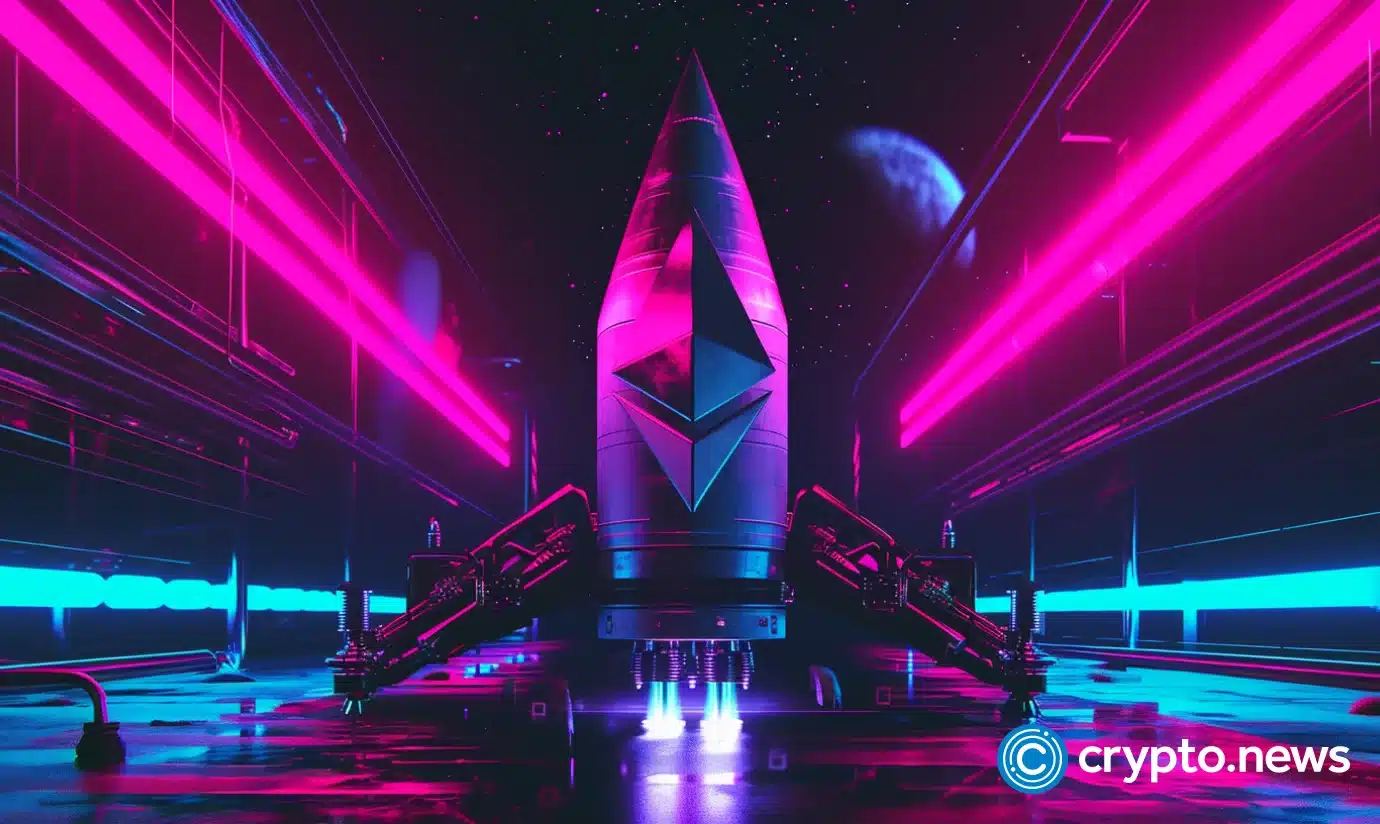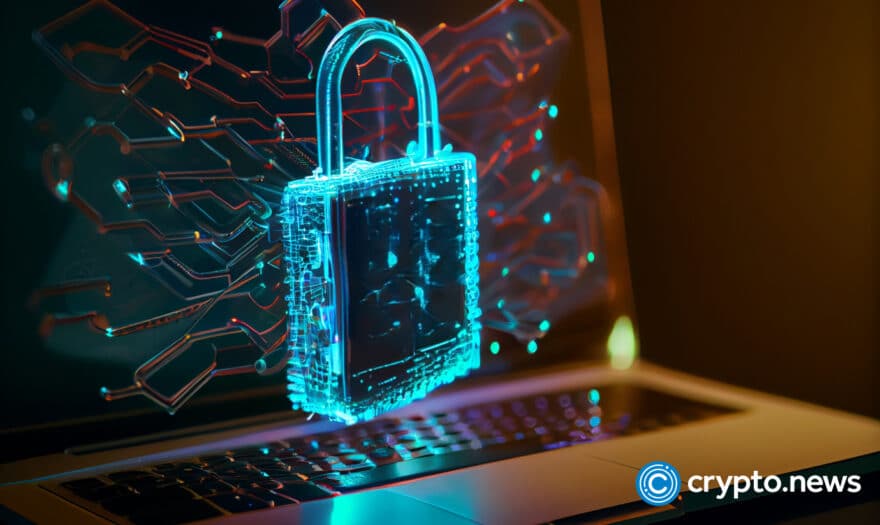Starknet restores block production after multi-hour outage

Starknet has restored block production after a multi-hour outage, with a detailed post-mortem on the incident expected soon.
- A chain reorganization from block 1,960,612 was implemented to restore service, affecting transactions between 2:23 a.m. and 4:36 a.m. UTC, which will need to be resubmitted by users.
- Such extended outages are rare for Starknet; the last similar disruption occurred in April 2024 due to a rounding error bug.
Starknet is back up
Starknet (STRK), a zero-knowledge rollup for Ethereum, has resumed block production after experiencing a multi-hour outage on Sept. 2. The disruption temporarily halted on-chain transactions, but developers have since restored normal operations, with most RPC providers now fully functional, according to the latest update on X.
To restore service, the network carried out a chain reorganization starting from block 1,960,612, covering roughly one hour of activity. As a result, any transactions submitted between 2:23 a.m. and 4:36 a.m. UTC were not processed and will need to be resubmitted by users. All subsequent transactions from the reorganized block onward will also require resubmission to appear on-chain.
Starknet has promised a detailed post-mortem report, outlining the incident’s timeline, root cause, and preventive measures for the future.
Despite today’s interruption, extended outages remain uncommon for Starknet. The last comparable unplanned outage on Starknet occurred in April last year, when a rounding error bug triggered a chain reorganization that halted the network for roughly four hours. Since then, the network has maintained near-continuous uptime, with only minor service hiccups reported.
Meanwhile, Starknet is moving forward with its latest initiative following the ratification of Starknet Improvement Proposal 31 (SNIP-31) on August 21, which introduces Bitcoin staking to its Layer 2 network. Under the new framework, Bitcoin holders can stake tokenized BTC wrappers—such as WBTC, tBTC, LBTC, and SolvBTC—and participate in the network’s consensus process, though BTC’s influence is capped at 25% while STRK retains the remaining 75% of governance power.














